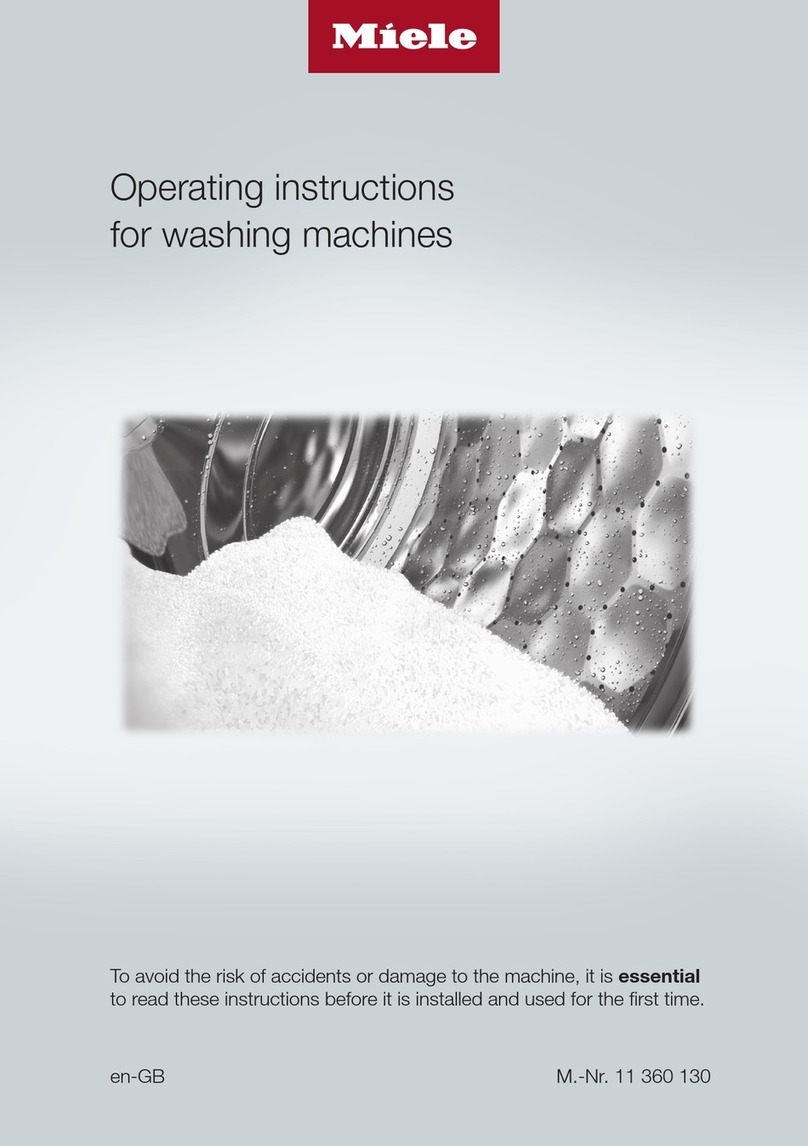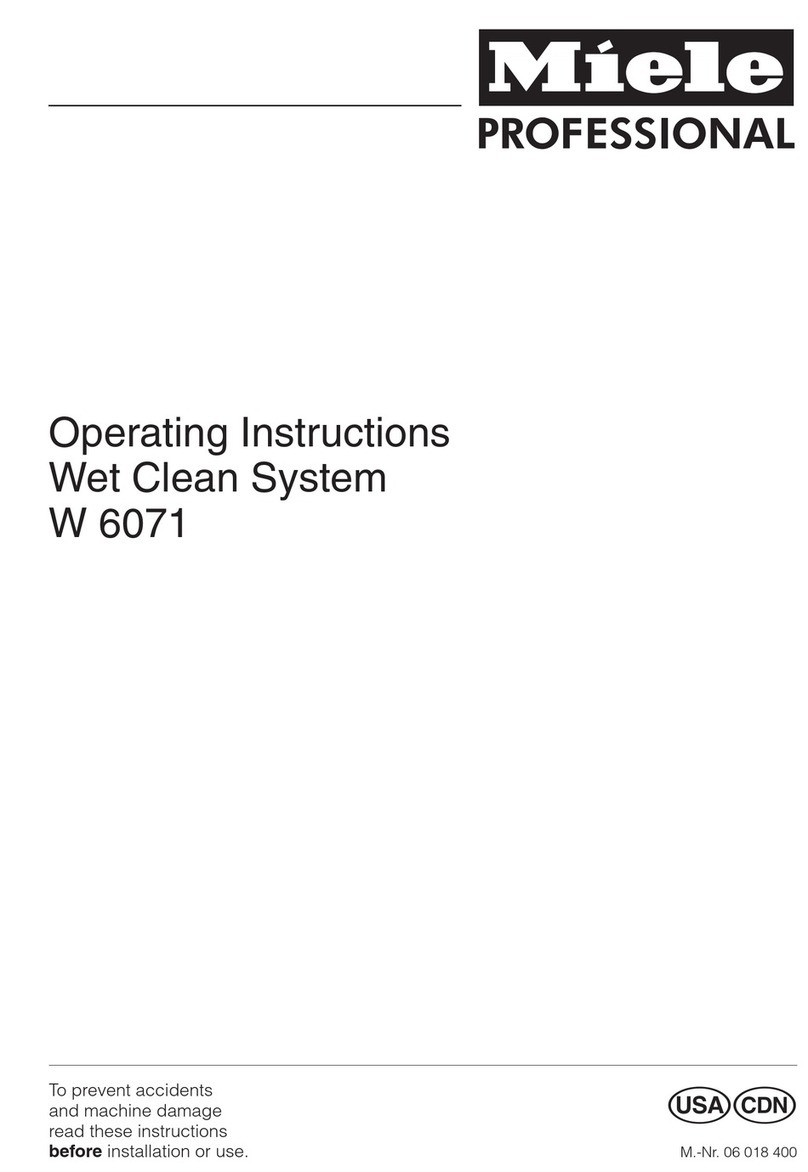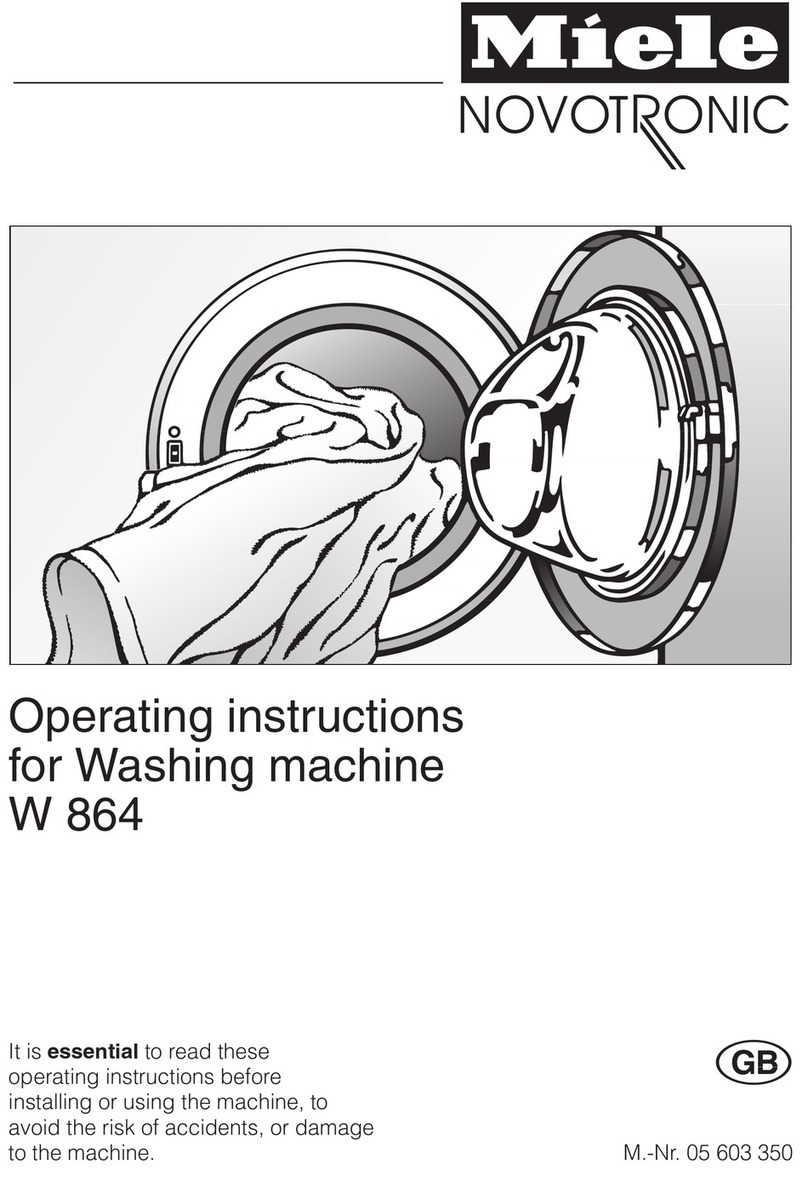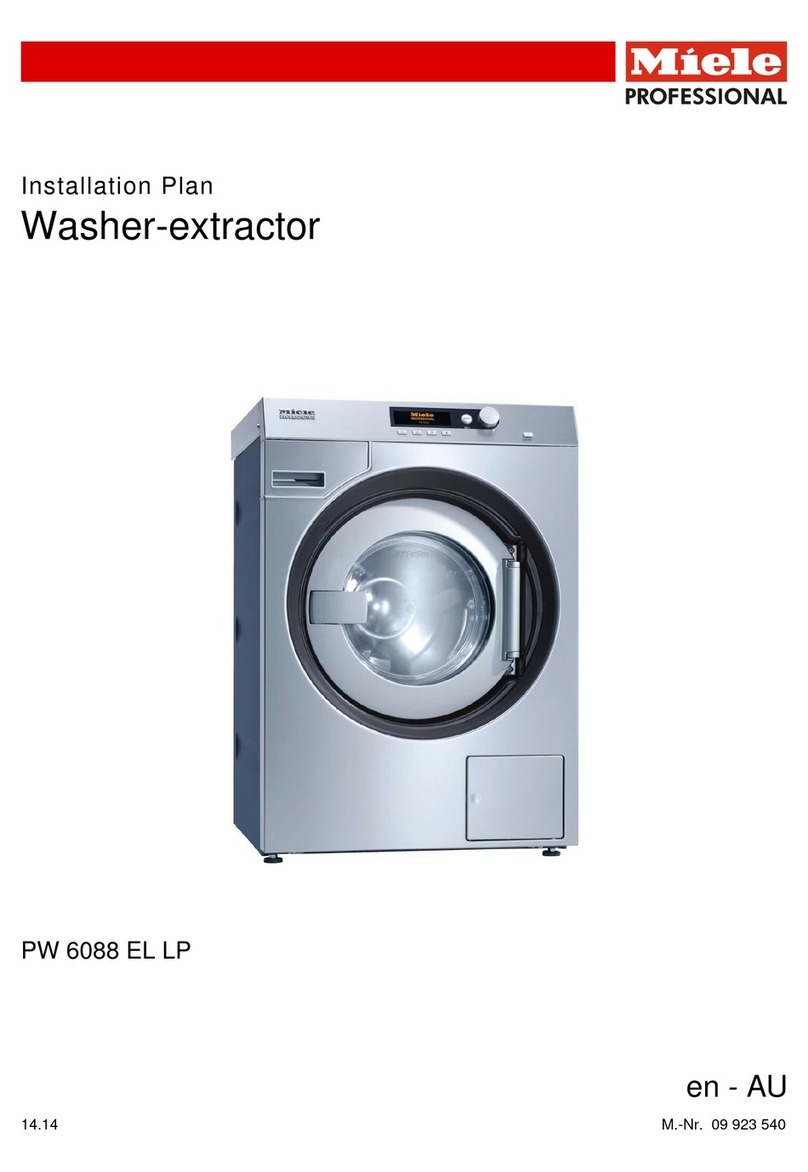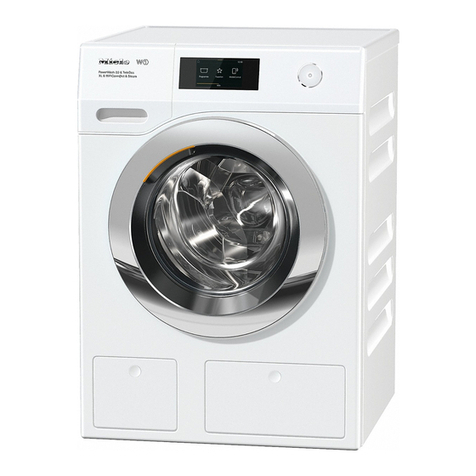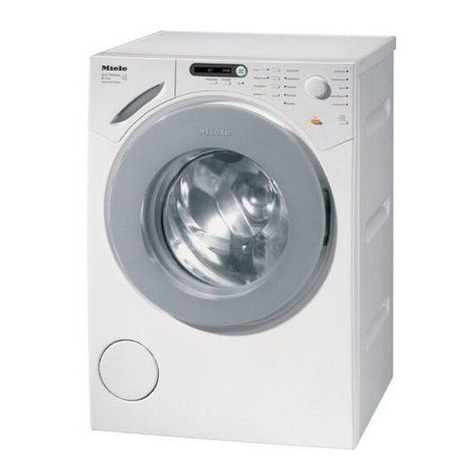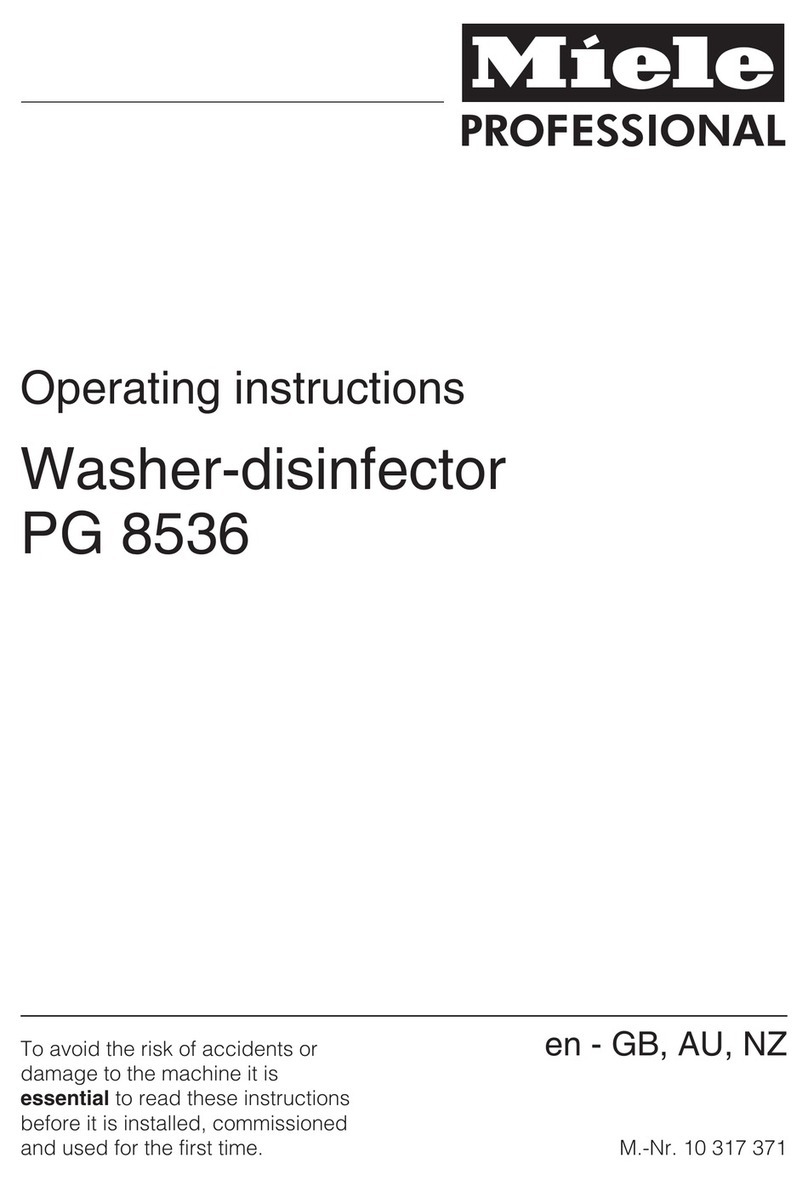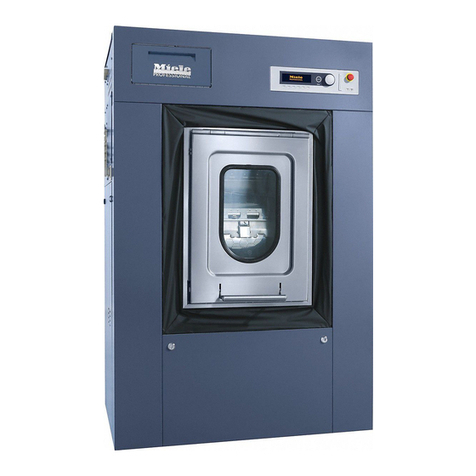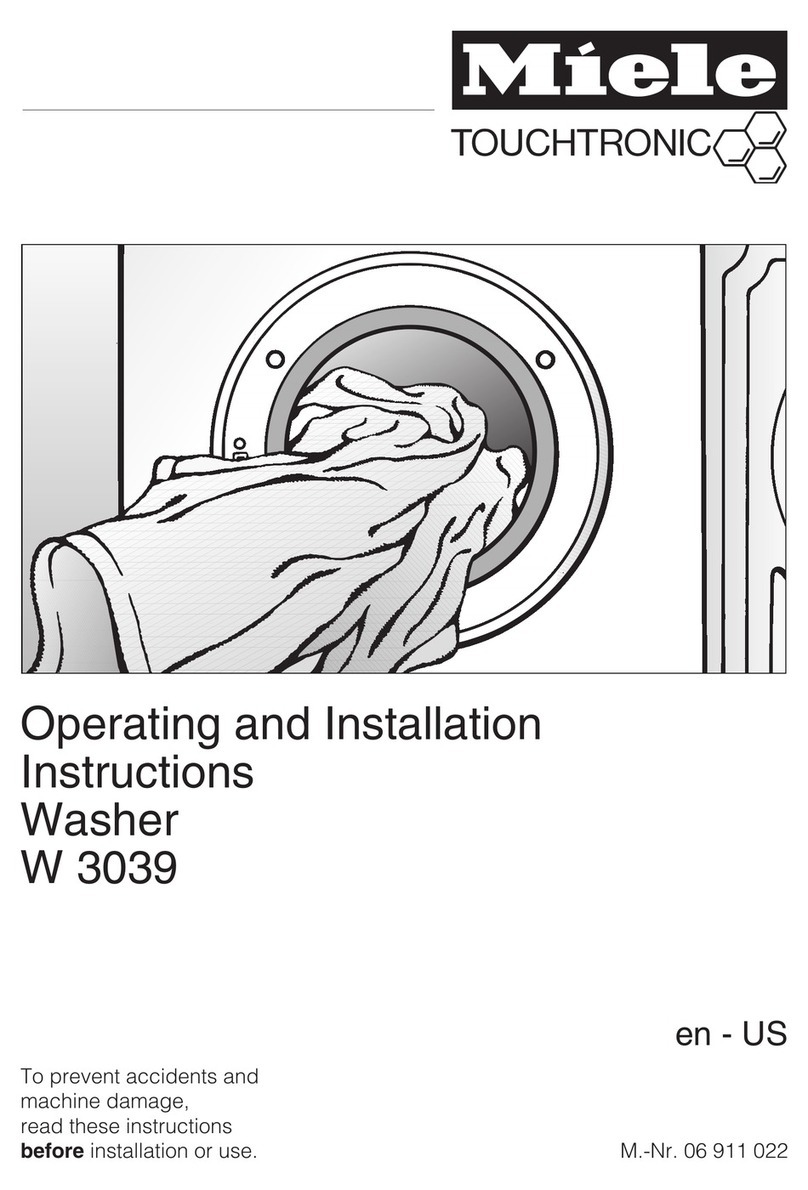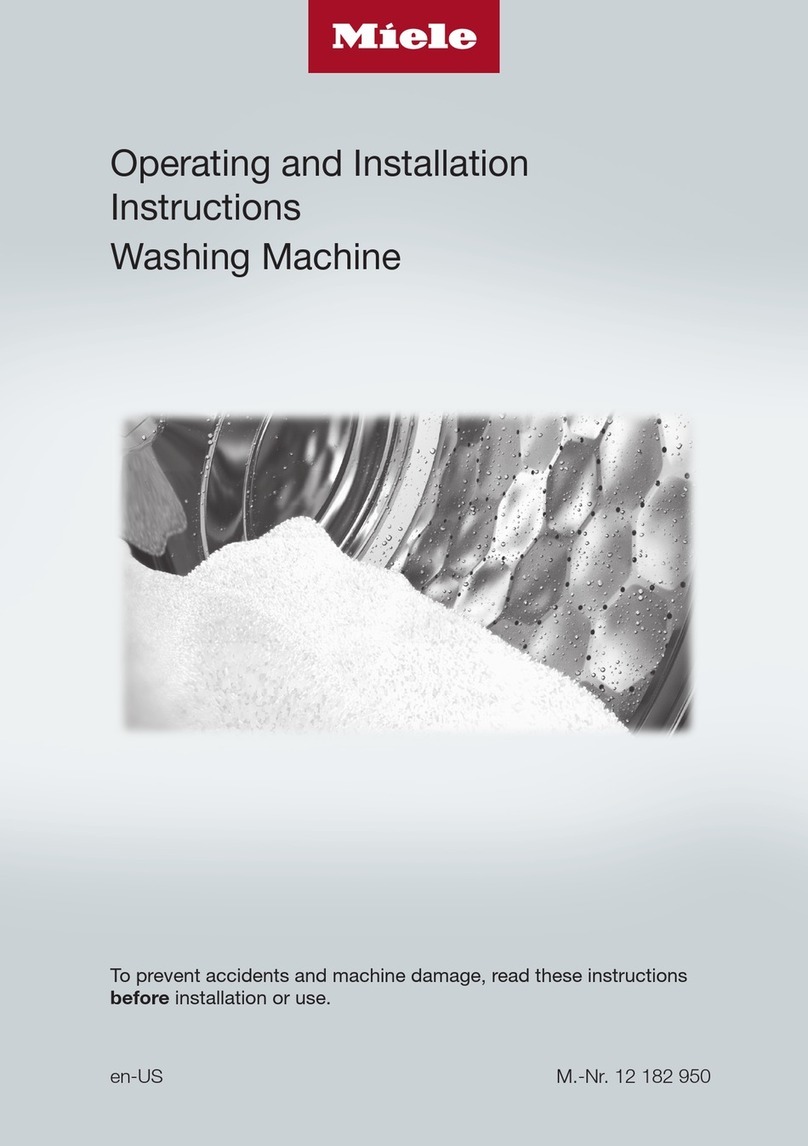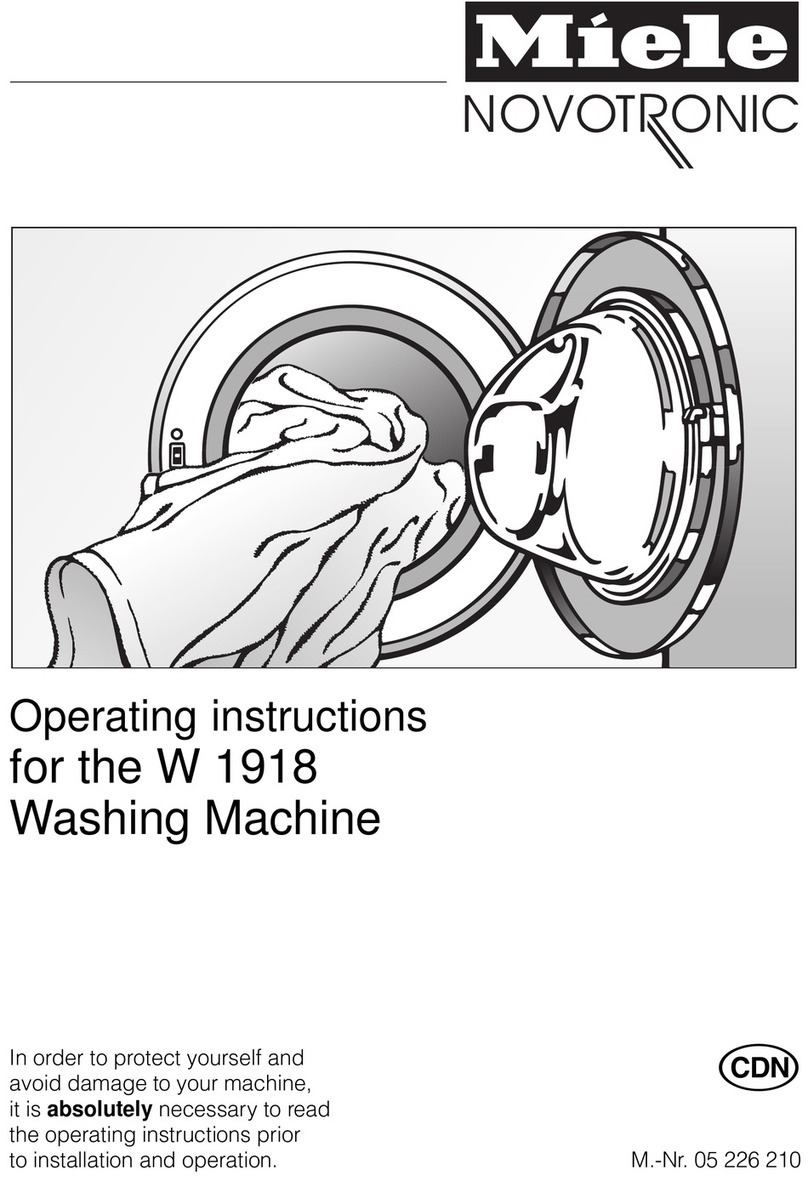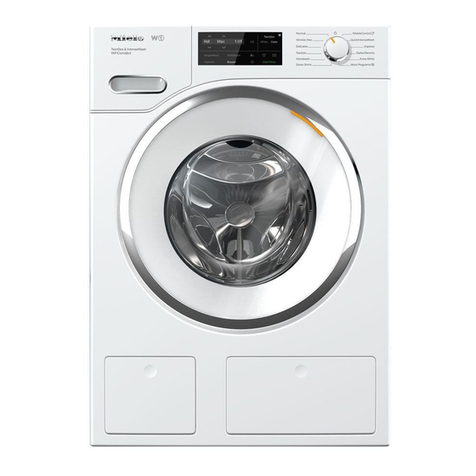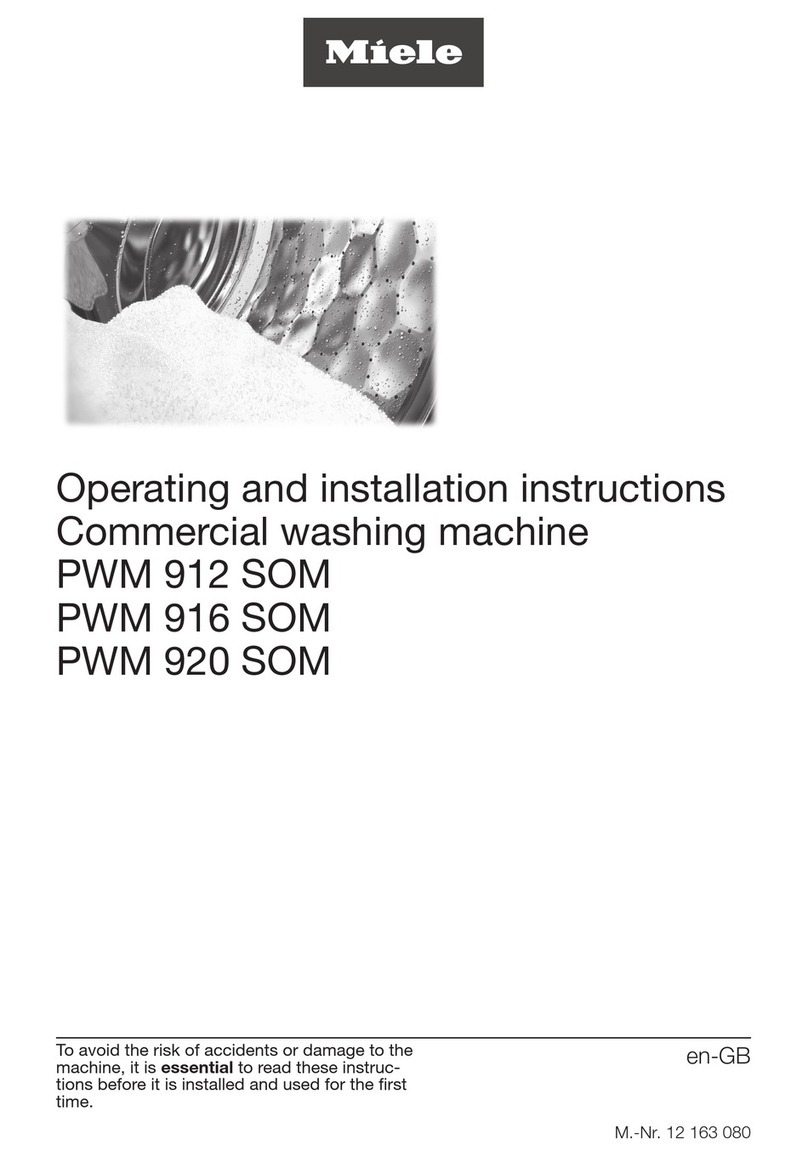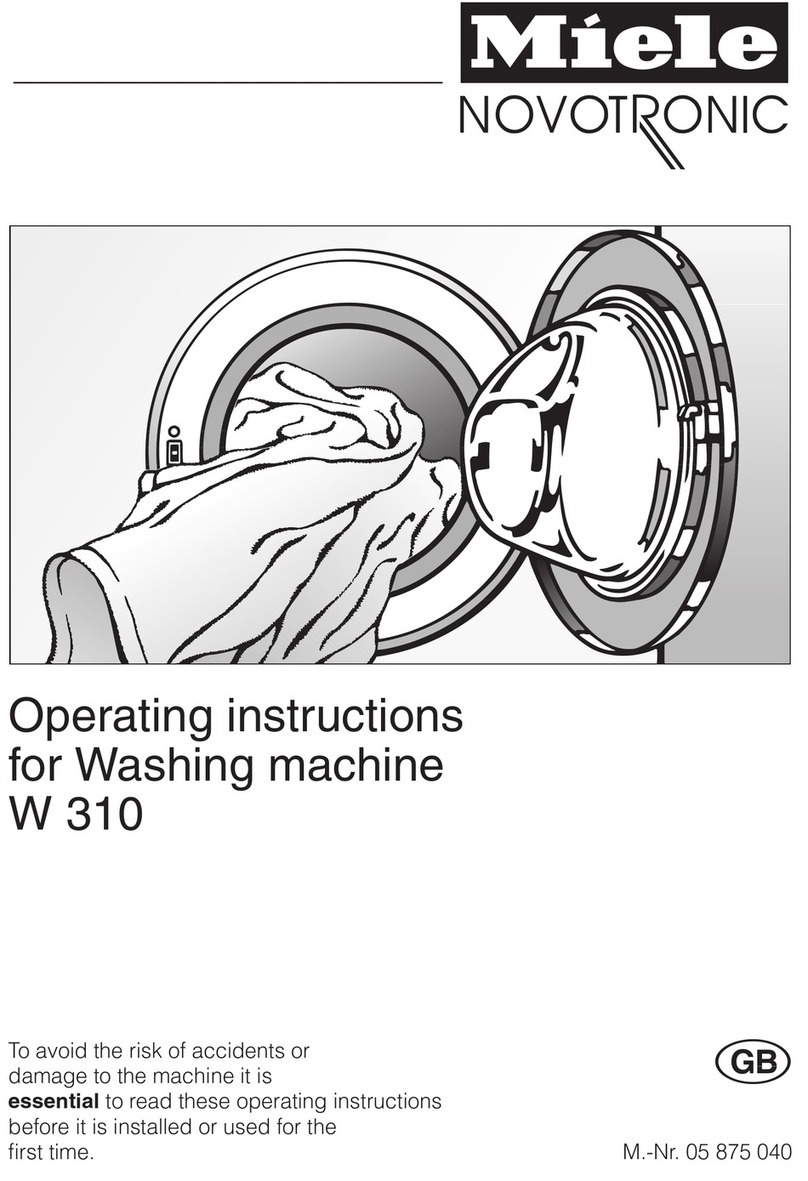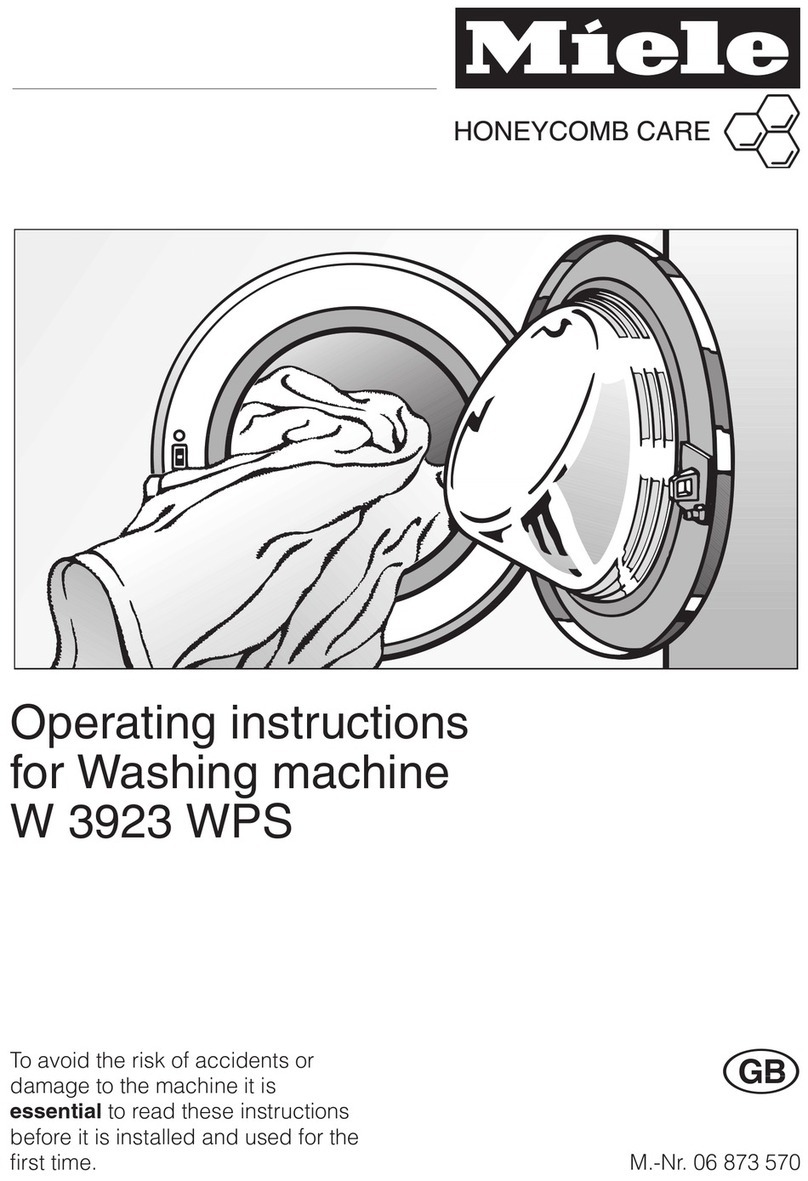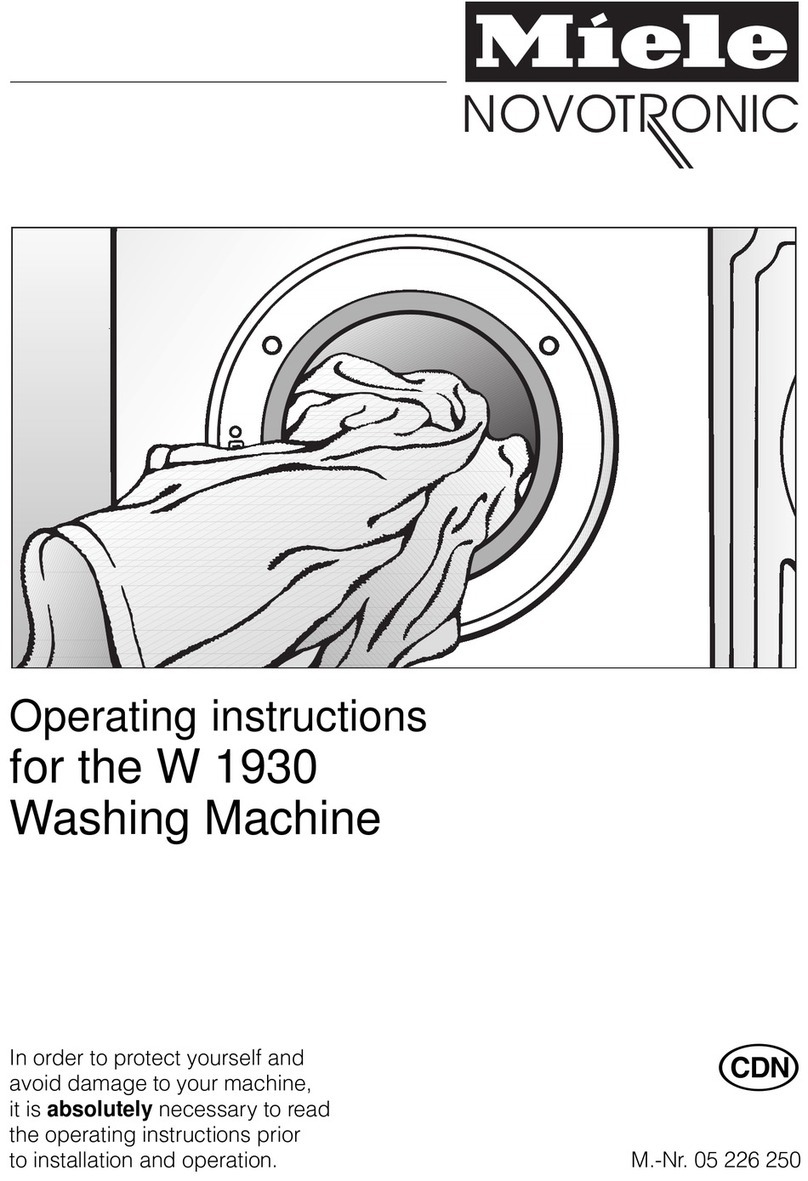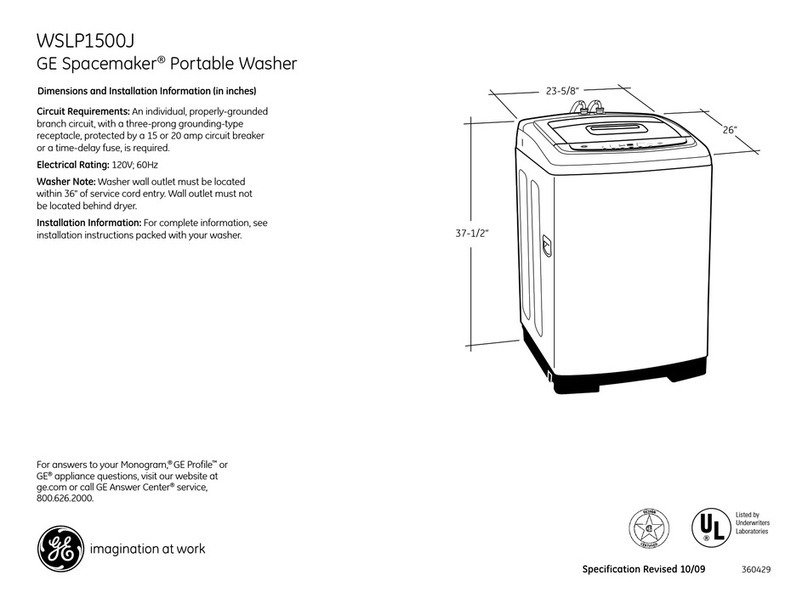
Contents
5
Display: Temperature......................................................................................................... 92
Display brightness and contrast........................................................................................ 93
Switch off after .................................................................................................................. 94
Ready for operation....................................................................................................... 94
Auto-off function ........................................................................................................... 94
Switching off after activating......................................................................................... 95
Factory default................................................................................................................... 96
Software version................................................................................................................ 96
Programme settings........................................................................................................ 97
Adjusting programme settings .......................................................................................... 97
Programme structure......................................................................................................... 97
Programme header........................................................................................................ 97
Programme blocks ........................................................................................................ 98
Opening the menu............................................................................................................. 99
Reset programme.............................................................................................................. 99
Altering a programme ....................................................................................................... 100
Allocating wash blocks.................................................................................................. 100
Spray arm monitoring.................................................................................................... 100
Change water quantity .................................................................................................. 103
Increasing drainage time ............................................................................................... 104
Setting the concentration level...................................................................................... 105
Set wash block temperature ........................................................................................ 106
Drying assistance .......................................................................................................... 108
Process documentation.................................................................................................. 109
Outputting cycle reports retrospectively ........................................................................... 112
External software........................................................................................................... 112
Report printer ................................................................................................................ 112
Maintenance .................................................................................................................... 113
Periodic checks ................................................................................................................. 113
Routine checks.................................................................................................................. 114
Cleaning the filters in the wash cabinet ............................................................................ 114
Cleaning the spray arms.................................................................................................... 116
Cleaning the machine........................................................................................................ 118
Cleaning the control panel ............................................................................................ 118
Cleaning the door and the door seal............................................................................. 118
Cleaning the wash chamber.......................................................................................... 118
Cleaning the door front ................................................................................................. 118
Preventing re-soiling...................................................................................................... 118
Checking mobile units, baskets, modules and inserts...................................................... 119
Performance check ........................................................................................................... 120
Problem solving guide .................................................................................................... 123
Technical faults and messages ......................................................................................... 123
Dispensing/Dispensing systems ....................................................................................... 124
Insufficient salt/Water softener.......................................................................................... 126
Cancel with fault code....................................................................................................... 127
Process-related faults and messages ............................................................................... 131
Door................................................................................................................................... 133
Unsatisfactory cleaning and corrosion.............................................................................. 133
Spray arm monitoring/wash pressure ............................................................................... 136
